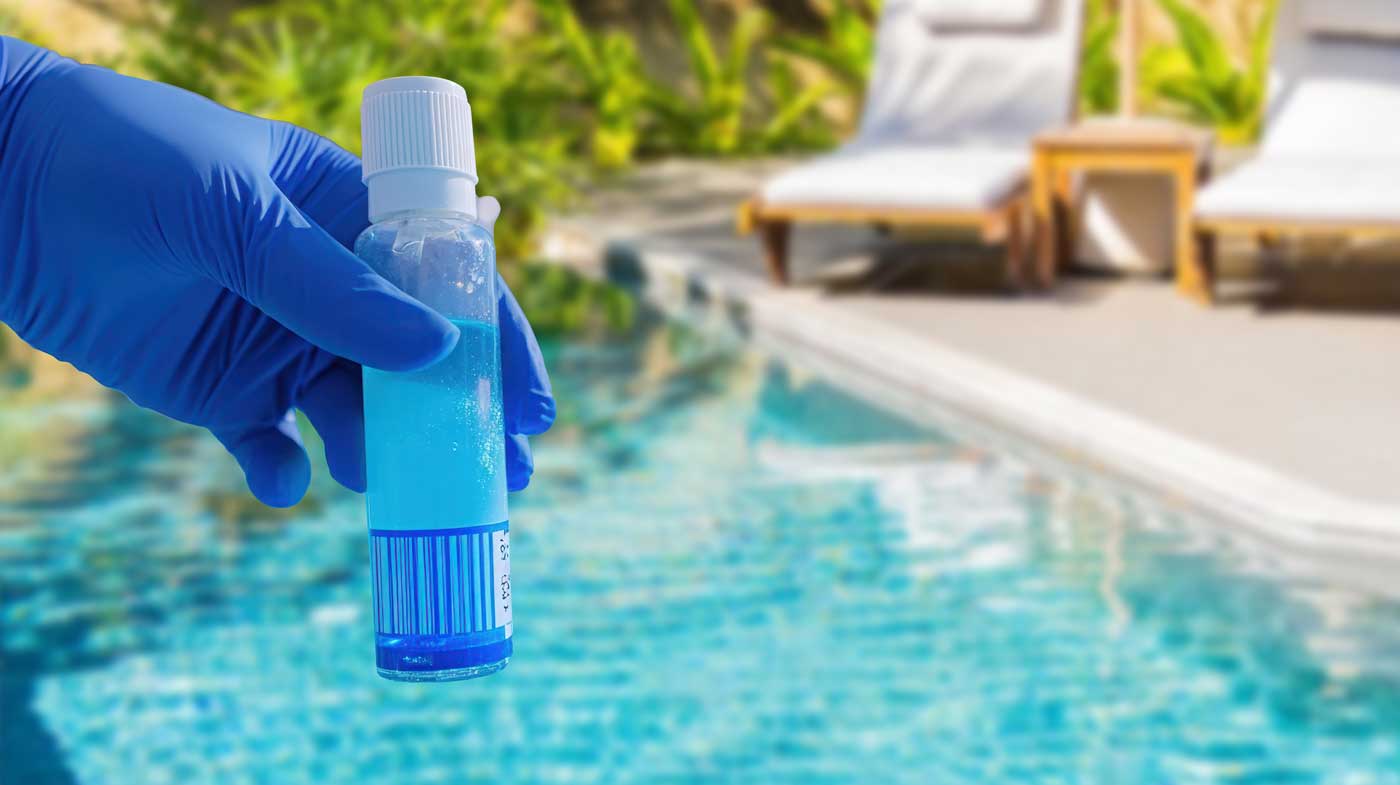Also, warranties can be voided if improper water chemistry is determined to be the reason…
What Is The Best Way To Install a Swimming Pool Salt
Chlorine Generator
Although deciding to convert your current chlorinating system into a salt chlorine generator is a simple and smart way to go, you may have some questions about how to proceed. Who should you hire install your unit? What type of plumbing connections are required? What power source can the unit be connected to? If you’ve asked these questions, we are here to help. Let’s take a quick look at how to install a unit, and find out how it should be done correctly.
Certified and Insured Pool Professionals
Professional installation of your salt chlorine generator is recommended. Both an electrician and a plumber will be required, and a pool service company is likely to have both in staff, as well as having the tools necessary to perform a reliable and safe installation.
Plumbing
This diagram shows the typical plumbing connections required:

As you can see in the diagram, the water will pass through the pool pump, the filter, and then on to the manifold assembly (where the cell is located). It is very important that the plumbing connections be done correctly, and that proper water flow is maintained. The Pool Pilot manifold is plumbed with 2” PVC Sch 40 fittings. Flow Rates should be at least 15-20 gpm, and should not exceed 100 gpm. Pipe sizes larger than 2” and flow rates greater than 100 gpm require a bypass plumbing configuration.
Electrical
Depending on the system you have chosen, it will require connection to either 115 or 230 volts AC. The default factory configuration is 230 Volts. Attaching a unit configured for 115 volts to a 230 volt supply, or vice-versa, may cause damage to the unit. The voltage configuration can be easily changed in the field by a qualified electrician.
WARNING: The AC power source must be de-energized before proceeding with the following steps.
The following diagram is a typical low-voltage cable connection at the control unit, which consist of the Tri-Sensor cord and the Cell cord. The cord connecting the control center to the manifold is 12′ long, so make sure to locate the control unit within this distance from the manifold.
Grounding and bonding is very important you can see the Bonding Lug on the diagram above.
Measure and cut ½” nonmetallic flexible conduit to connect the salt chlorine generator to the time clock, electronic control relay, or, if those are not used, directly to the circuit breaker.
At the time clock or electronic controller relay, connect the AC power wiring from the conduit to the LOAD SIDE, or the same location as the circulation pump wires. The other end of the power wiring will connect to the connection #1 (neutral) and connection #2 (line) terminals on the salt chlorine terminal strip, as shown below.

Turn on the AC power at the power source.
At this point, your installation is complete and you can start preparing your pool water—a topic that we cover in another blog.
Please note that this is just a brief summary of how this equipment should be installed. An Owner’s Manual comes with each unit, or you can find it our website, along with more detailed instructions.
As always, if you have any questions or comments, please feel free to leave a message below. We would be happy to help you!


This Post Has 0 Comments